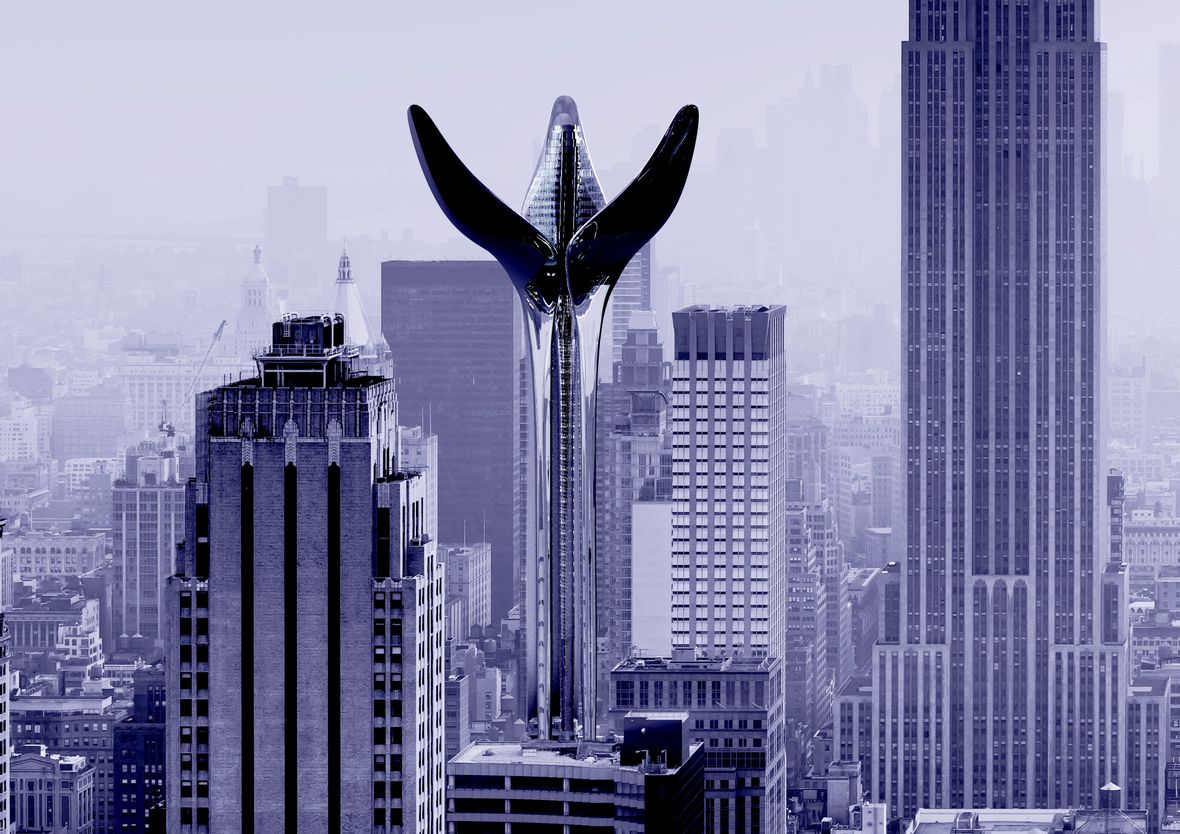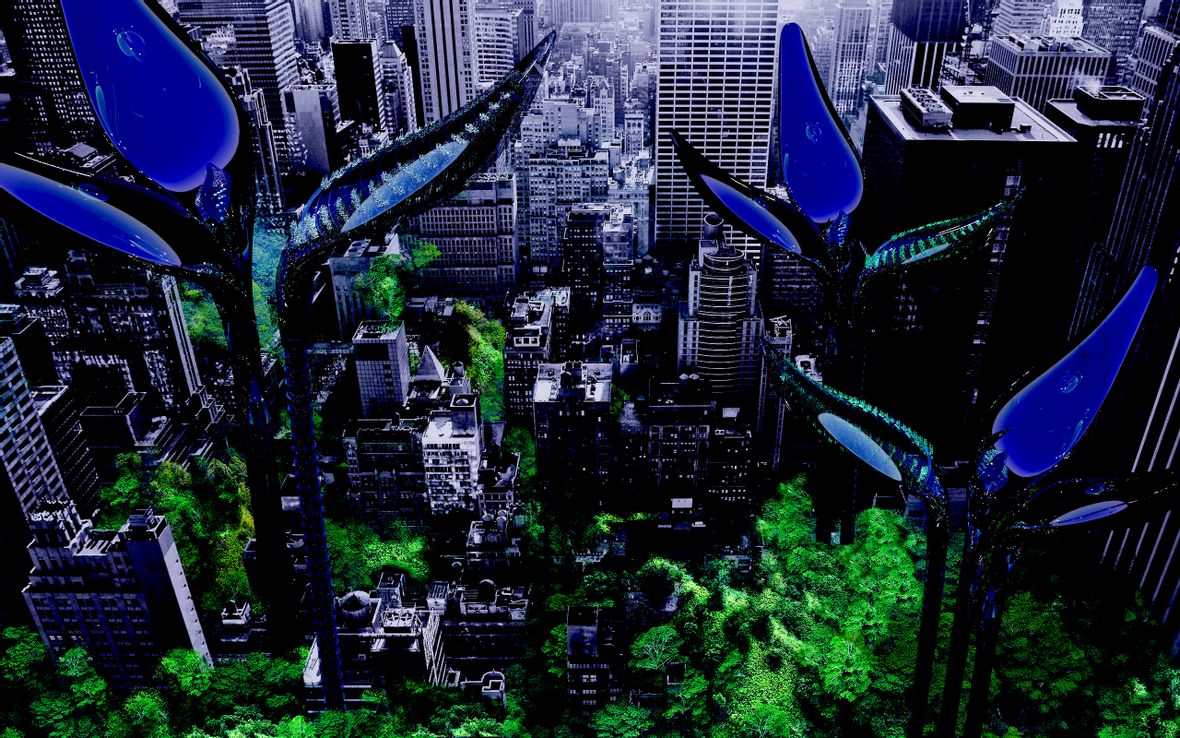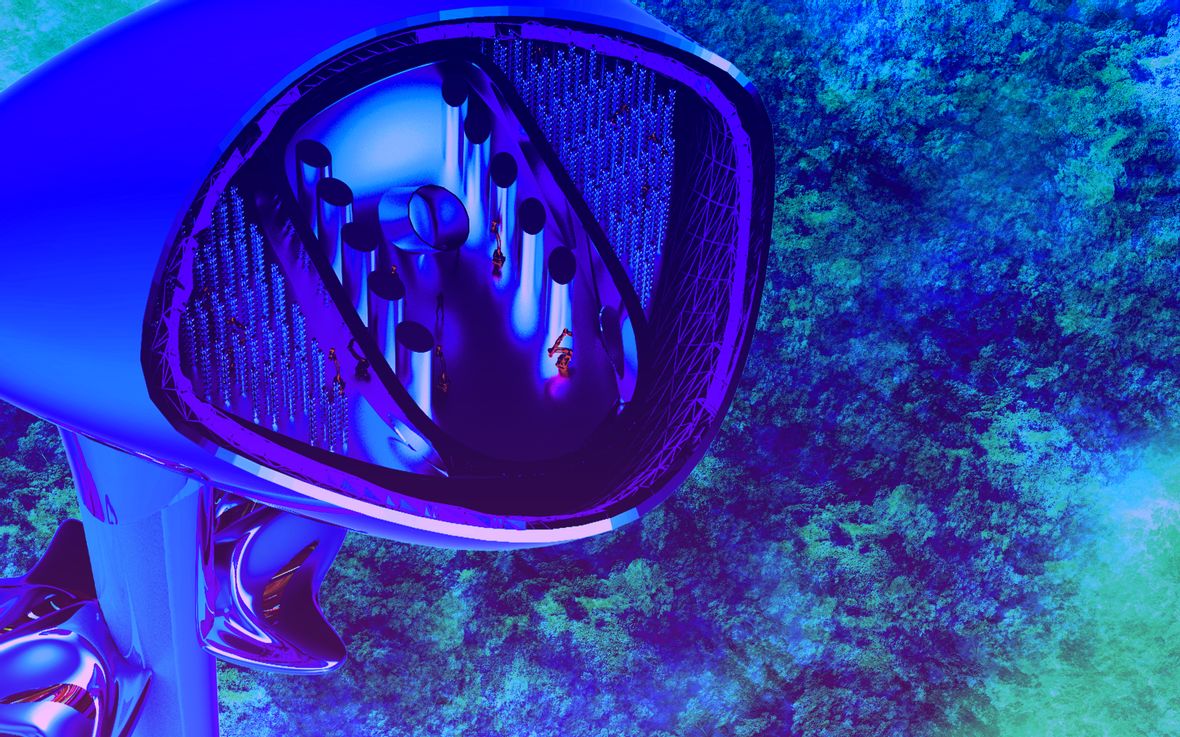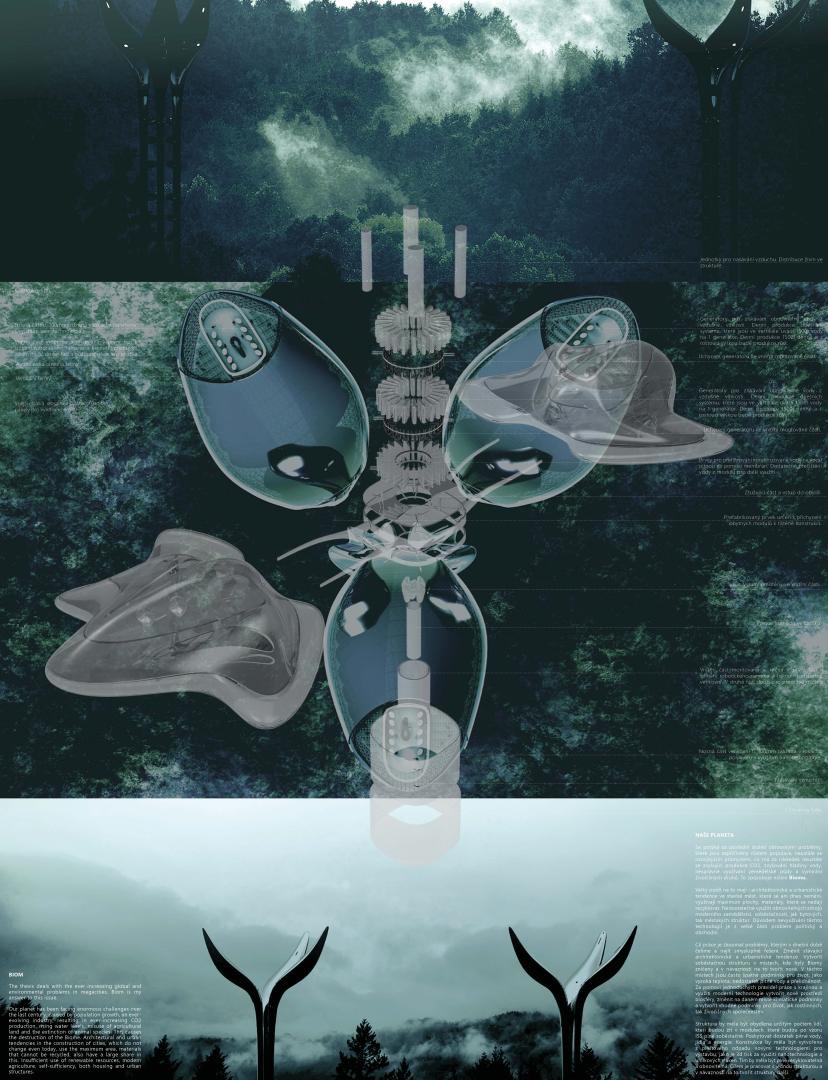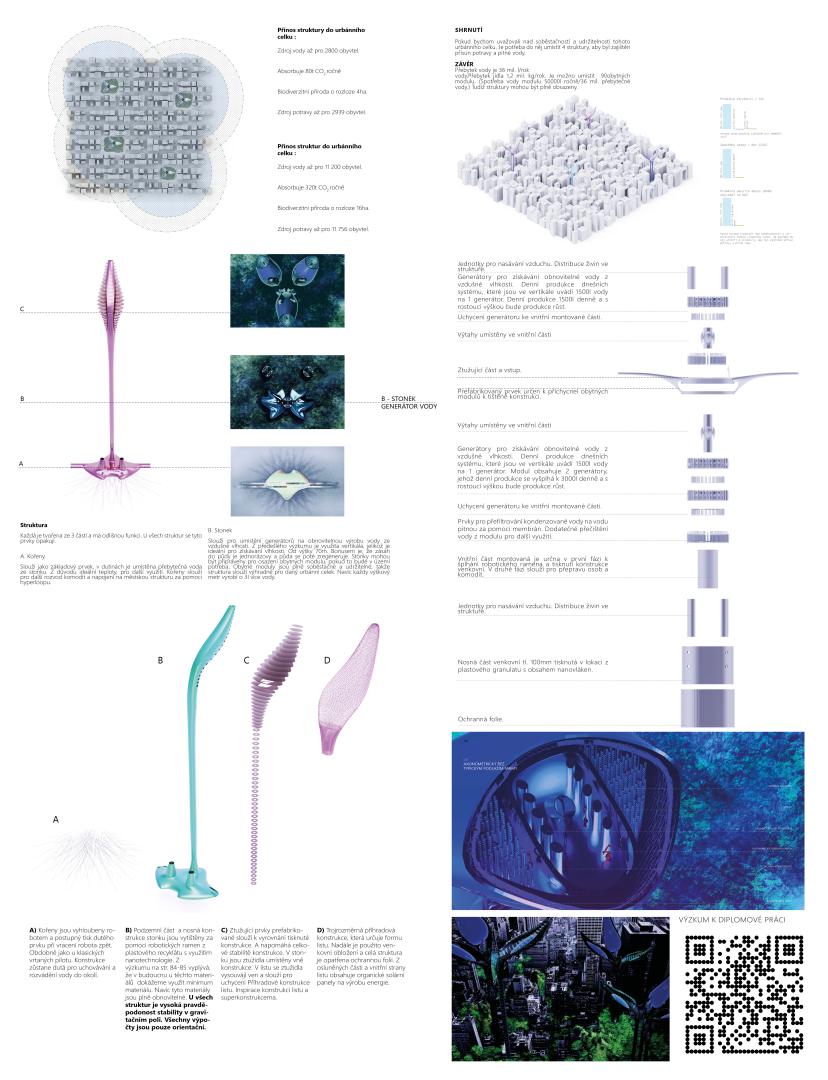BIOM
Basic information
Project Title
Full project title
Category
Project Description
Our planet has been facing enormous challenges over the last century, caused by population growth, an ever-evolving industry, resulting in ever-increasing CO2 production, rising water levels, misuse of agricultural land and the extinction of animal species. This causes the destruction of the Biome. Architectural and urban tendencies in the construction of cities, which do not change even today, use the maximum area, materials that cannot be recycled, also have a large share in this. Insufficient
Geographical Scope
Project Region
Urban or rural issues
Physical or other transformations
EU Programme or fund
Which funds
Description of the project
Summary
Our planet has been facing enormous challenges over the last century, caused by population growth, an ever-evolving industry, resulting in ever-increasing CO2 production, rising water levels, misuse of agricultural land and the extinction of animal species. This causes the destruction of the Biome. Architectural and urban tendencies in the construction of cities, which do not change even today, use the maximum area, materials that cannot be recycled, also have a large share in this. Insufficient use of renewable resources, modern agriculture, self-sufficiency, both housing and urban structures. The reason for not using these technologies is largely a political and commercial problem. The aim of this work is to examine the problems we face today and find meaningful solutions. Change existing architectural and urban trends. To create a self-sufficient structure in places where Biomes were destroyed and to create new ones accordingly. These places often have poor living conditions, such as high temperatures, lack of drinking water and overcrowding. With the help of simple rules of working with the landscape and the use of modern technology, create a new biosphere environment, change the climatic conditions in a given place and create suitable conditions for the life of both plant and animal communities. The structure should be inhabited by a certain number of people who will live in modules that will be fully self-sufficient, following the ISS model. Provide plenty of drinking water, food and energy. The structure should be created from plastic waste by new construction technologies, such as 3D printing using nanotechnology and carbon fiber. This should make it fully recyclable and renewable. The goal is to work with one structure and subsequently create another structure.
Key objectives for sustainability
Maximum land use, which has destroyed most of the wild, this form of construction is not sustainable, so in the 21st century we should find new trends inspired by tribal peoples who live sustainably and other examples of creating a new Biome, which nature can do without a man who it will not interfere so vigorously. We must learn to combine higher population growth with an ecological way of life. There is no difference between building on a green area in the ocean or in the desert.
By 2020, people are using 60% of the earth's surface, and with population growth it should be much more, even though we only use 4% for housing. For example, in agriculture it is up to 56%. So integration is very important
We are shifting our tendencies to other Biomes. The destruction of the oceans and deserts is out of the question if we do not want to cause the demise of civilization by other global problems.
People are migrating to cities for a "better life". Especially for work and education. This results in overpopulation of urban structures. Furthermore, increasing demands on transport services, lack of green areas, shrinking living space and uneven distribution of land. We should incorporate these phenomena into the process of designing functional units and examine them thoroughly with other aspects. Such as social, cultural, technological and economic influences. The main goal of this work is to examine these aspects and try to find suitable solutions.
The starting point is therefore the targeted regeneration of nature with the help of building self-sufficient and sustainable structures at all scales. That will function as a closed ecosystem. Renewable energy and water are very important, so we need to change our thinking about the architectural form.
Key objectives for aesthetics and quality
According to the facts presented and the rising trend, when the majority of the population wants to live in cities (the UN states that a hundred years ago 8/10 of our planet's population lived in the countryside and 50% already live in cities and we will continue the upward trend). Unless an unexpected change comes, our cities will continue to grow. It is important to ask questions and compare the consequences of vertical or horizontal structures on the urban environment. Continue to resolve transport connections and serviceability. Urban public transport and its increase, connections with high-speed lines, improving user comfort in this sector is very important, and conversely, increasing the comfort of road transport could be another goal for the 21st century. I
The great development of technology will affect the architectural form. The most suitable materials today prove to be composites made of fibrous material. According to the architect, Li could open up a new of unknown geometries, which already have good economic results for free shapes. We also need to change the overall production process, which should be fully automatic. If we think that artificial intelligence will solve all problems for us, then I am of the opinion that we are wrong. Ar only works with factual data, which is not an advantage for us, I'm afraid it would rather work to our detriment. that the uniqueness of the work in architecture disappears.
However, we must not look at today's problems only by measuring factual data. We need to give people of all walks of life more than a structure that is sustainable, self-sufficient and provides protection for the people. I feel that we should continue to give people a place that will enrich them with a spatial experi
Key objectives for inclusion
The type of structure and its height depends on the production of water and food, because the higher the structure, the more rods it needs and its production grows in direct proportion.
Water production depends on the number of water generation modules. When one module generates 1800-3000l per day. It can be up to 1,000,000 liters of water per year. Which is still used for the urban unit and supplies water to the capsules. The surplus is returned to nature. It is written for each structure how many liters of water it generates for consumption per year.
Research shows that with modern agriculture we are able to generate 43kg / m2. We consume an average of 3l of water per m2. Power consumption is 27Kw. All information provided is for 1 year.
Food production: Water consumption: Energy consumption:
These data are given for 1 sheet. The leaves of all structures are functionally identical scale is always in proportion to the member of the structure.
The sheet is equipped with solar panels on the inside. Today's values for organic panels show an efficiency of 18%. The data show that it is possible to approach 30% in the future.
Produced energy efficiency 18% = 300,000 Kw Produced energy efficiency 30% = 540,000 Kw
In the future, we will be able to generate energy, but we must put today's technology into the system. 102110 KW / year. The data have been calculated for the US and will be different in each location.
Structures in the urban whole. The territory of the USA was used again, because they had the most relevant data for urban units. A unit of 1 km2 was used.
Physical or other transformations
Innovative character
This question arises especially when all other (mostly economic) indicators are driven by steady growth (GDP, wages, crops, etc.), but we must realize that governments are unable to prevent the population boom in developing areas, which increases the risk that natural resources can be depleted quickly. Resource destruction is already taking place due to climate change, landscape drainage, grazing, deforestation and other interventions in the landscape. In addition, developed countries are helping to plunder land and water resources through their "green" decisions (biofuels, China's investment activities and other steps).
Regulation and planning of population development is a thorny issue, moreover, in today's age of political correctness, the rich West cannot tell developed countries to start dampening its population growth, but the uncontrollable growth of the world's population is becoming a ticking bomb that can hit our children in in the form of scarcity of land, water, energy and space to live.
A global problem with uneven land distribution.
Lack of land for human dwellings is reflected in exponentially rising land prices. Combined with growing urbanization in developing countries, most immigrants heading to cities for a better life cannot afford to live in adequate conditions and end up in straws from which they can no longer get. THEY ARE ALREADY IN SLAMY - THEY CANNOT BE ENOUGH There are unbearable conditions in the straws, there is a lack of hygienic facilities, sufficient drinking water, energy supply and food. In addition, the space is almost bursting at the seams, with 3 square meters per straw inhabitant, while 88 square meters per New Yorker.

